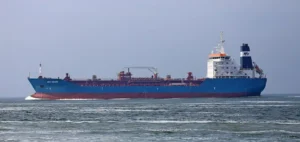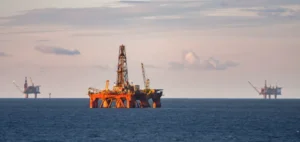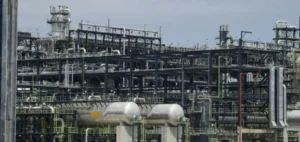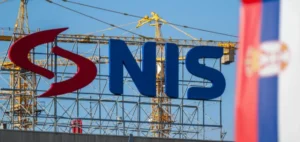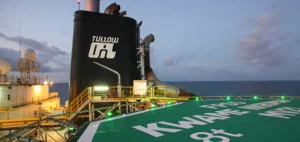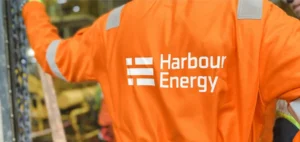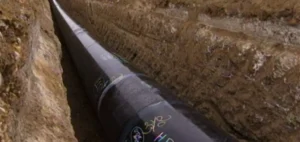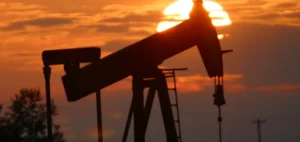Benin has secured an offshore platform converted into a Mobile Offshore Production Unit (MOPU) for the redevelopment of the Sèmè oil field, which had ceased operations in 1998. The platform was converted at the Drydocks World facilities in Dubai, United Arab Emirates, and is now ready for deployment. This infrastructure forms a central part of the technical system being implemented to revive oil production along Benin’s coastal basin.
A structuring project for the country’s hydrocarbons sector
This redevelopment is led by Akrake Petroleum, a subsidiary of Singapore-based Rex International Holding, which announced agreements in late April for the supply of the MOPU as well as a Floating Storage Unit (FSO). These facilities are essential to ensure continuous and autonomous production. The entire system is designed for gradual extraction, starting with the H6 reservoirs, according to projections outlined in the Qualified Person’s Report (QPR) prepared by Exceed Torridon Ltd.
Drilling operations resumed in August with the initiation of a vertical well, followed by a horizontal well scheduled in the project timeline. The redevelopment is based on updated geological data, incorporating past performance from the field, which produced approximately 22 million barrels between 1982 and 1998 under the operation of Norwegian company Saga Petroleum.
Production target set at 16,000 barrels per day
Beninese authorities and the companies involved are targeting average production of 16,000 barrels per day (b/d) once operations resume, scheduled for the second half of 2025. The MOPU, currently en route to Benin’s waters, is to be connected to the new wells and the FSO to enable storage and offloading of the extracted crude. This modular infrastructure offers significant operational flexibility for the initial stages of the project, avoiding dependence on a fixed platform.
Further development may include extending operations to deeper reservoirs identified as H7 and H8, according to the QPR projections. These additional phases will depend on the technical and economic performance of the initial extraction phase.
Strategic return of Benin to the oil map
The revival of the Sèmè field is part of Benin’s strategy to strengthen its energy autonomy while leveraging its offshore hydrocarbon potential. This restart comes 27 years after production was halted due to low international crude oil prices at the time.
According to published forecasts, both the production unit and storage system are expected to be fully operational by the end of 2025. This restart could reposition Benin as a secondary but strategic player in the Gulf of Guinea, a region where offshore oil projects are gaining renewed attention.





